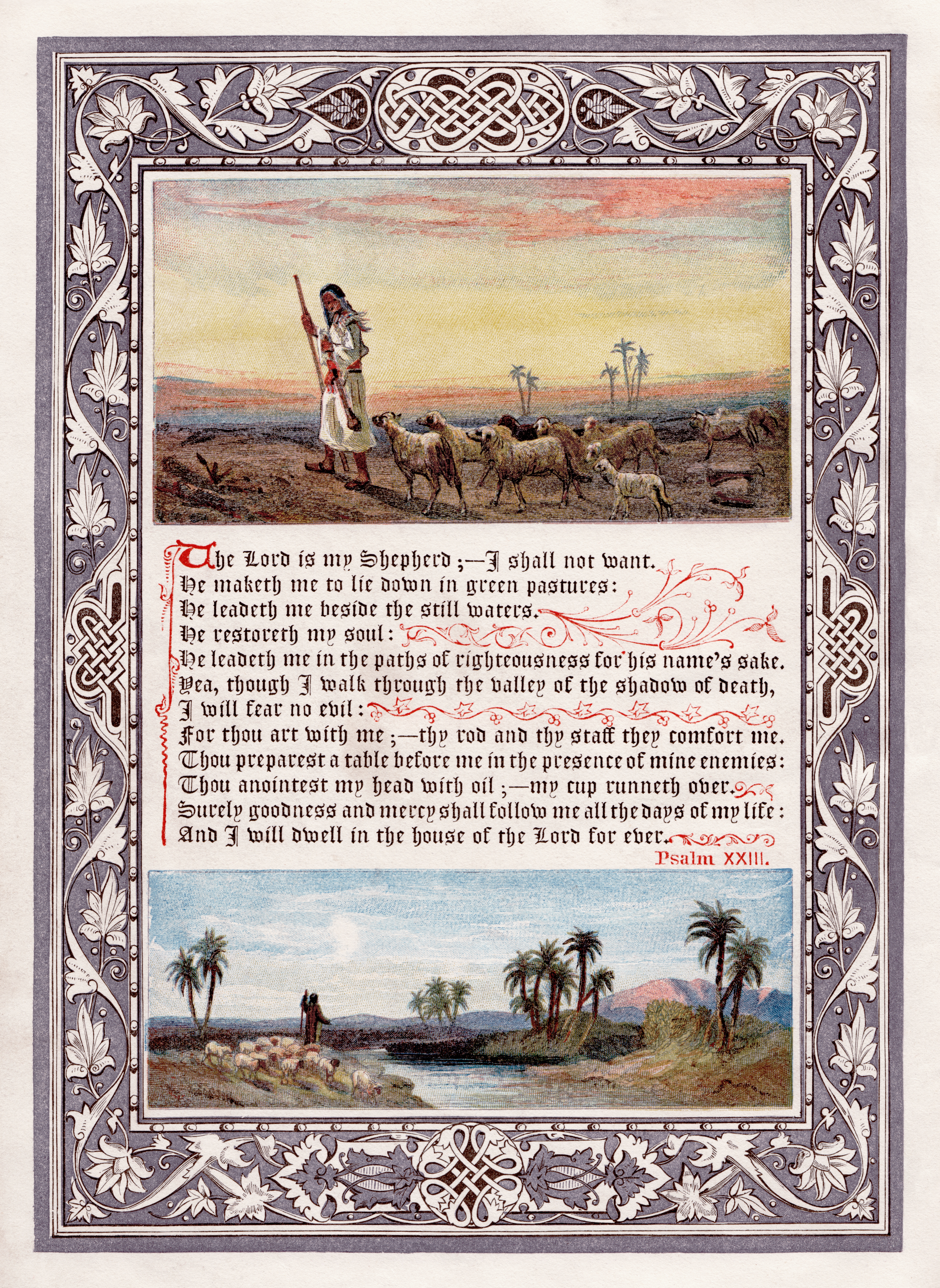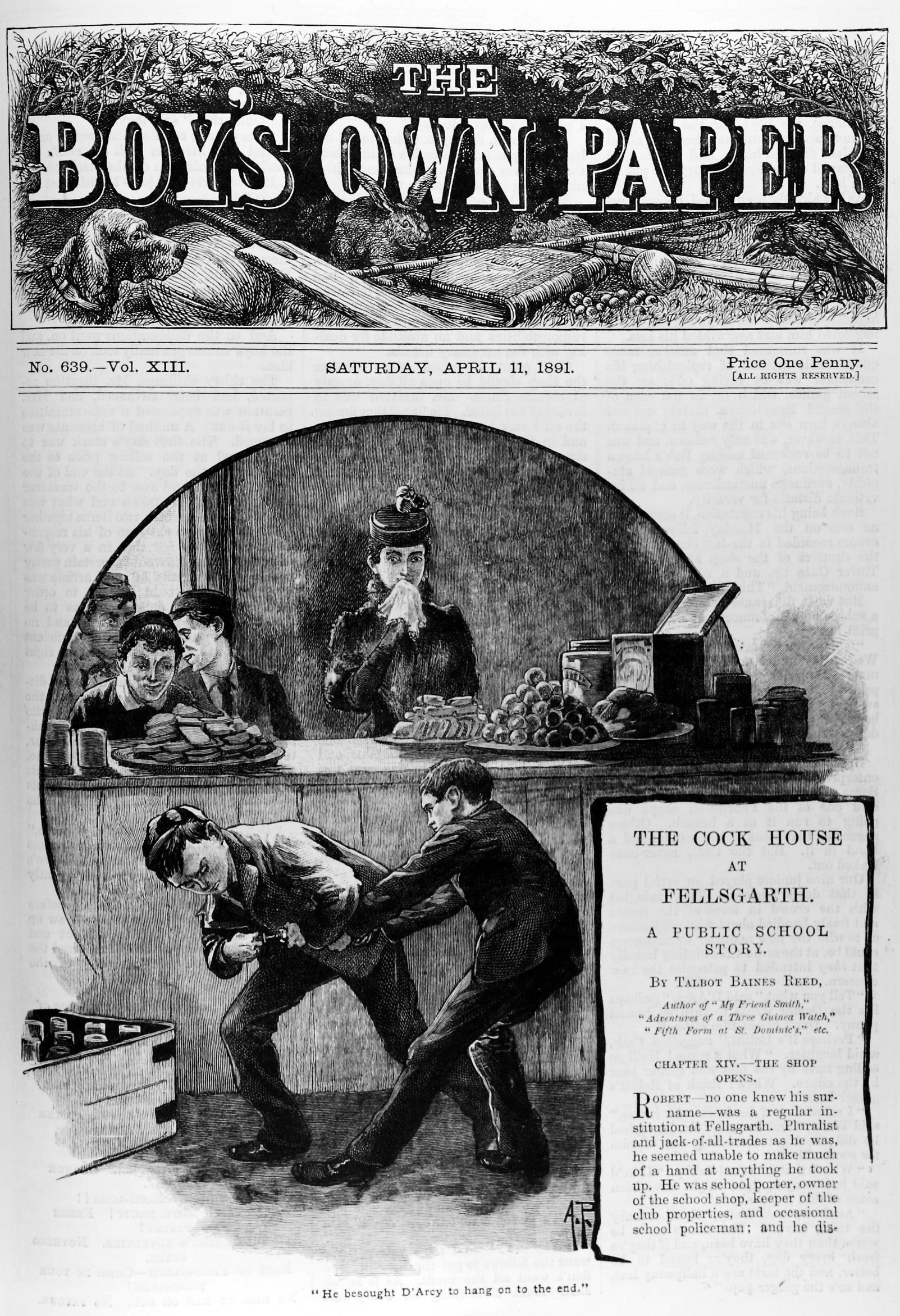|
Arthur Twidle
Arthur Twidle (?1865 to 26 April 1936) was an English illustrator and artist best known for his illustrations of Arthur Conan Doyle's Sherlock Holmes books. Born in Rotherhithe, Surrey, in 1865, Arthur Twidle was the son of Alfred Twidle (a journeyman cooper and his wife Rachel (née Smith), who had married in 1855. In 1881, following the death of his mother, Twidle was living with an uncle and his occupation was described as draughtsman in wood. In 1885, Twidle married Annie Elizabeth Mason at St. Olave, Southwark. In 1891, the family—now including Annie Elizabeth (b. 1887) and Arthur (b. 1888) -- were living in Dulwich. On the death of Sidney Paget, who had illustrated Conan Dolyle's Sherlock Holmes stories in ''The Strand'' magazine, Twidle became one of Doyle's regular artists. He illustrated many of Doyles's later works including the Doyle 'Author's Edition'. Over many years, Twidle's illustrations appeared in ''Annie S. Swan's Magazine'', '' The Strand'', ''Th ... [...More Info...] [...Related Items...] OR: [Wikipedia] [Google] [Baidu] |
Illustrator
An illustrator is an artist who specializes in enhancing writing or elucidating concepts by providing a visual representation that corresponds to the content of the associated text or idea. The illustration may be intended to clarify complicated concepts or objects that are difficult to describe textually, which is the reason illustrations are often found in children's books. Illustration is the art of making images that work with something and add to it without needing direct attention and without distracting from what they illustrate. The other thing is the focus of the attention, and the illustration's role is to add personality and character without competing with that other thing. Illustrations have been used in advertisements, architectural rendering, greeting cards, posters, books, graphic novels, storyboards, business, technical communications, magazines, shirts, video games, tutorials, and newspapers. A cartoon illustration can add humor to stories or essays. Tech ... [...More Info...] [...Related Items...] OR: [Wikipedia] [Google] [Baidu] |
Religious Tract Society
The Religious Tract Society was a British evangelical Christian organization founded in 1799 and known for publishing a variety of popular religious and quasi-religious texts in the 19th century. The society engaged in charity as well as commercial enterprise, publishing books and periodicals for profit. Periodicals published by the RTS included ''Boy's Own Paper'', ''Girl's Own Paper'' and '' The Leisure Hour''. Formation and early history The idea for the society came from the Congregationalist minister George Burder, who raised the idea while meeting with the London Missionary Society (founded in 1795) in May 1799. It was formally established on 10 May 1799, having a treasurer, a secretary, and ten committee members, with members required to " ubscribehalf a guinea or upwards annually". Its initial membership was drawn from the London Missionary Society, and included: *David Bogue, Independent; *Robert Hawker, Anglican; * Joseph Hughes, Baptist; and *Joseph Reyner as treasur ... [...More Info...] [...Related Items...] OR: [Wikipedia] [Google] [Baidu] |
1936 Deaths
Events January–February * January 20 – George V of the United Kingdom and the British Dominions and Emperor of India, dies at his Sandringham Estate. The Prince of Wales succeeds to the throne of the United Kingdom as King Edward VIII. * January 28 – Britain's King George V state funeral takes place in London and Windsor. He is buried at St George's Chapel, Windsor Castle * February 4 – Radium E (bismuth-210) becomes the first radioactive element to be made synthetically. * February 6 – The IV Olympic Winter Games open in Garmisch-Partenkirchen, Germany. * February 10– 19 – Second Italo-Ethiopian War: Battle of Amba Aradam – Italian forces gain a decisive tactical victory, effectively neutralizing the army of the Ethiopian Empire. * February 16 – 1936 Spanish general election: The left-wing Popular Front coalition takes a majority. * February 26 – February 26 Incident (二・二六事件, ''Niniroku Jiken''): The I ... [...More Info...] [...Related Items...] OR: [Wikipedia] [Google] [Baidu] |
1865 Births
Events January–March * January 4 – The New York Stock Exchange opens its first permanent headquarters at 10-12 Broad near Wall Street, in New York City. * January 13 – American Civil War : Second Battle of Fort Fisher: United States forces launch a major amphibious assault against the last seaport held by the Confederates, Fort Fisher, North Carolina. * January 15 – American Civil War: United States forces capture Fort Fisher. * January 31 ** The Thirteenth Amendment to the United States Constitution (conditional prohibition of slavery and involuntary servitude) passes narrowly, in the House of Representatives. ** American Civil War: Confederate General Robert E. Lee becomes general-in-chief. * February ** American Civil War: Columbia, South Carolina burns, as Confederate forces flee from advancing Union forces. * February 3 – American Civil War : Hampton Roads Conference: Union and Confederate leaders discuss peace terms. * February 8 ... [...More Info...] [...Related Items...] OR: [Wikipedia] [Google] [Baidu] |
People From Rotherhithe
A person (plural, : people) is a being that has certain capacities or attributes such as reason, morality, consciousness or self-consciousness, and being a part of a culturally established form of social relations such as kinship, ownership of property, or legal obligation, legal responsibility. The defining features of personhood and, consequently, what makes a person count as a person, differ widely among cultures and contexts. In addition to the question of personhood, of what makes a being count as a person to begin with, there are further questions about personal identity and self: both about what makes any particular person that particular person instead of another, and about what makes a person at one time the same person as they were or will be at another time despite any intervening changes. The plural form "people" is often used to refer to an entire nation or ethnic group (as in "a people"), and this was the original meaning of the word; it subsequently acquired its us ... [...More Info...] [...Related Items...] OR: [Wikipedia] [Google] [Baidu] |
English Male Painters
English usually refers to: * English language * English people English may also refer to: Peoples, culture, and language * ''English'', an adjective for something of, from, or related to England ** English national identity, an identity and common culture ** English language in England, a variant of the English language spoken in England * English languages (other) * English studies, the study of English language and literature * ''English'', an Amish term for non-Amish, regardless of ethnicity Individuals * English (surname), a list of notable people with the surname ''English'' * People with the given name ** English McConnell (1882–1928), Irish footballer ** English Fisher (1928–2011), American boxing coach ** English Gardner (b. 1992), American track and field sprinter Places United States * English, Indiana, a town * English, Kentucky, an unincorporated community * English, Brazoria County, Texas, an unincorporated community * Eng ... [...More Info...] [...Related Items...] OR: [Wikipedia] [Google] [Baidu] |
19th-century English Painters
The 19th (nineteenth) century began on 1 January 1801 ( MDCCCI), and ended on 31 December 1900 ( MCM). The 19th century was the ninth century of the 2nd millennium. The 19th century was characterized by vast social upheaval. Slavery was abolished in much of Europe and the Americas. The First Industrial Revolution, though it began in the late 18th century, expanding beyond its British homeland for the first time during this century, particularly remaking the economies and societies of the Low Countries, the Rhineland, Northern Italy, and the Northeastern United States. A few decades later, the Second Industrial Revolution led to ever more massive urbanization and much higher levels of productivity, profit, and prosperity, a pattern that continued into the 20th century. The Islamic gunpowder empires fell into decline and European imperialism brought much of South Asia, Southeast Asia, and almost all of Africa under colonial rule. It was also marked by the collapse of the la ... [...More Info...] [...Related Items...] OR: [Wikipedia] [Google] [Baidu] |
English Illustrators
English usually refers to: * English language * English people English may also refer to: Peoples, culture, and language * ''English'', an adjective for something of, from, or related to England ** English national identity, an identity and common culture ** English language in England, a variant of the English language spoken in England * English languages (other) * English studies, the study of English language and literature * ''English'', an Amish term for non-Amish, regardless of ethnicity Individuals * English (surname), a list of notable people with the surname ''English'' * People with the given name ** English McConnell (1882–1928), Irish footballer ** English Fisher (1928–2011), American boxing coach ** English Gardner (b. 1992), American track and field sprinter Places United States * English, Indiana, a town * English, Kentucky, an unincorporated community * English, Brazoria County, Texas, an unincorporated community * En ... [...More Info...] [...Related Items...] OR: [Wikipedia] [Google] [Baidu] |
The Times
''The Times'' is a British daily national newspaper based in London. It began in 1785 under the title ''The Daily Universal Register'', adopting its current name on 1 January 1788. ''The Times'' and its sister paper ''The Sunday Times'' (founded in 1821) are published by Times Newspapers, since 1981 a subsidiary of News UK, in turn wholly owned by News Corp. ''The Times'' and ''The Sunday Times'', which do not share editorial staff, were founded independently and have only had common ownership since 1966. In general, the political position of ''The Times'' is considered to be centre-right. ''The Times'' is the first newspaper to have borne that name, lending it to numerous other papers around the world, such as ''The Times of India'', ''The New York Times'', and more recently, digital-first publications such as TheTimesBlog.com (Since 2017). In countries where these other titles are popular, the newspaper is often referred to as , or as , although the newspaper is of nationa ... [...More Info...] [...Related Items...] OR: [Wikipedia] [Google] [Baidu] |
Frederick Warne & Co
Frederick Warne & Co. is a British publisher founded in 1865. It is known for children's books, particularly those of Beatrix Potter, and for its Observer's Books. Warne is an imprint of Penguin Random House, a subsidiary of German media conglomerate Bertelsmann. History Frederick Warne & Co. was founded in July 1865 by London bookseller and publisher, Frederick Warne. The business was one successor to Routledge, Warne, Routledge (thus from 1858), the publishing partnership of Warne with his brother-in-law George Routledge and the eldest of Routledge's sons. The other successor was George Routledge & Sons.Imminent termination of the partnership and succession by Routledge was reported in "Literary Gossip", ''The London Review'', 17 June 1865, p. 646. "On the 30th of the present month the partnership hitherto subsisting between Mr. George Routledge, Mr. F. Warne, and Mr. R. W. Routledge, will terminate. After that date, business will be carried on by the Mess ... [...More Info...] [...Related Items...] OR: [Wikipedia] [Google] [Baidu] |
Boy's Own Paper
''The Boy's Own Paper'' was a British story paper aimed at young and teenage boys, published from 1879 to 1967. Publishing history The idea for the publication was first raised in 1878 by the Religious Tract Society, as a means to encourage younger children to read and to instill Christian morals during their formative years. The first issue was published on 18 January 1879. The final issue, a "Special Souvenir Edition, Price 2/-", was dated February 1967 and was published on 27 January 1967. It was a facsimile reprint of the first issue, complete with adverts. It had a panel on the front cover giving a very brief history and stating that it would "appear in future as the BOY'S OWN ANNUAL, edited by Jack Cox". The paper was published weekly in a cycle which followed the school year (Autumn through to Summer) until November 1913, when it became monthly. In total, 2511 issues of the paper were published. There was an extra Christmas Number (edition) of the magazine from 1884–85 ... [...More Info...] [...Related Items...] OR: [Wikipedia] [Google] [Baidu] |




_1938.jpg)


